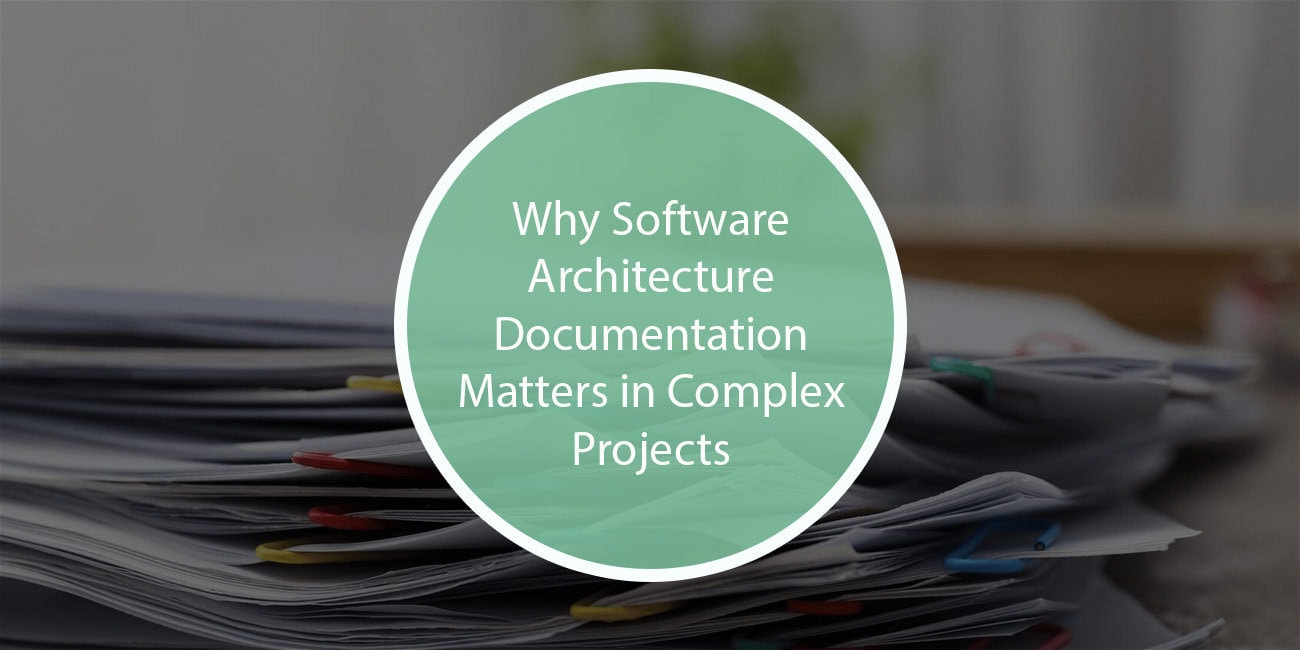Complex software projects demand clarity, organization, and communication for their success. Without an established structure to guide team efforts, even highly talented developers may become disoriented in an array of chaotic workflows. Surprisingly, software architecture documentation is often underestimated. This invaluable resource acts as the blueprint for development by providing a shared understanding of a system’s structure, behavior, and interactions. As one considers the significance of documentation, one may discover interesting parallels between carefully scrutinized frameworks and tools used for success–be they software development or academic writing. As students learn more about professional writing platforms through essay service reviews or writepaperfor.me reviews, architecture documentation can provide vital insights that ensure smooth software project execution.

Understand Software Architecture Documents
Software architecture documentation serves as the cornerstone of software design and operation, recording key decisions about components and their relationships in detail. By recording this information, teams establish a foundation upon which to base each stage of software development lifecycle development.
An architecture document could, for instance, include the following:
- System Overview: Provide a high-level overview of your project goals, context, and constraints.
- Component Diagrams: Visual representations of key modules and their interactions.
- Design Patterns: Provide detailed descriptions of specific patterns used to address specific problems.
- Technology Stack: A list of tools, frameworks, and platforms used in a project.
Architecture documentation serves as a bridge between various stakeholders, such as developers, testers, project managers, and clients.

Benefits of Architecture Documentation in Complex Projects
1. Increased Communication and Collaboration
Complex projects entail diverse development teams made up of individuals from diverse backgrounds, skill sets and roles. Software architecture documentation ensures everyone works from the same playbook and provides clarity regarding objectives, responsibilities and dependencies while decreasing miscommunication risks.
An up-to-date architecture document can greatly accelerate onboarding new team members by speeding up ramp-up time. Instead of relying on word-of-mouth knowledge transfer, new hires can quickly familiarize themselves with the system’s design and operation logic through quick familiarization sessions with this efficient document. This fosters a collaborative environment where team members can focus more on innovation rather than lengthy explanations.
2. Facilitating Better Decision-Making
Complex projects involve many decisions that can have lasting impacts on timelines, costs and results. Architectural documentation helps teams capture the rationale behind key decisions to ensure future adjustments are thoughtfully considered; without it they run the risk of repeating past errors or seeking inefficient solutions.
Imagine that a project shifts its focus to a different technology. With an original architecture document providing detailed reasons as to why certain technologies were selected (or excluded), decision-makers can confidently reassess those choices, thus mitigating risks and supporting strategic planning by aligning decisions with long-term business goals.
3. Mitigating Risks and Managing Complexity
Large software systems often exhibit significant interdependencies that require detailed documentation in order to assess and mitigate risks effectively. Changes made to one component could inadvertently have ripple effects across others, leading to bugs or system failure. By documenting all these relationships, teams are better able to assess and address risks effectively.
Developers implementing new features should refer to their architecture document to identify any ripple effects of implementation, which helps avoid unneeded rework and ensures changes meet overall design goals. Furthermore, proactive risk management ensures reduced downtime while giving stakeholders confidence in the project’s viability.
4. Simplifying Maintenance and Expandability Capabilities
An ongoing software project doesn’t end when its release is announced; oftentimes systems need updating, enhancements and troubleshooting over time. A well-maintained architecture documentation serves as a roadmap that guides maintenance efforts while helping teams scale efficiently.
Imagine managing an application without documentation; developers would waste valuable time and resources reverse-engineering it. However, detailed documentation accelerates troubleshooting and ensures scalability initiatives align with original design principles, cutting operational costs while prolonging the system’s longevity.
Issues associated with Document Creation and Maintenance
- Time Constraints: Developers frequently prioritize coding over document creation when facing tight deadlines.
- Evolving Requirements: Ongoing changes to the project scope may render documentation obsolete and lead to unnecessary modifications.
- Lack of Standardization: Disparate formats or incomplete records may render documentation less effective, decreasing its utility.
Real-World Examples of Documentation’s Effect
Case Study 1: Avoiding Costly Mistakes
After performing a minor code update, a multinational e-commerce platform experienced a critical outage due to a lack of documentation highlighting dependencies between its payment gateway and user authentication module. Postmortem analysis demonstrated how such comprehensive documentation may have prevented this incident by flagging potential risks earlier – underscoring its importance in maintaining operational integrity. This incident serves as a testament to proactive documentation’s importance.
Case Study 2: Fostering Effective Collaboration
One healthcare startup leveraged detailed architecture documentation to quickly launch its telemedicine platform within one year, making collaboration among geographically dispersed teams smooth while meeting stringent regulatory requirements. This case illustrates how documentation can bridge geographical and regulatory divides and lead to the successful execution of high-stakes projects.
Documentation in Agile and DevOps Frameworks
Some might argue that in agile or DevOps environments, extensive documentation is unnecessary. However, these methodologies stress adaptability over the absence of documentation; lightweight incremental documentation helps teams remain agile while building a reliable knowledge base. Tools like wikis, version-controlled repositories, and automated documentation generators can assist this process and ensure documentation supports rather than inhibits agility – creating a balance between speed and precision.
Software architecture documentation is an invaluable asset in software development. It serves as the cornerstone for communication, decision-making, risk management, and long-term system sustainability. Although creating and updating documentation requires effort, its benefits far outweigh its costs for complex projects. Teams that invest in robust architectural documentation position themselves for success by keeping projects on track while remaining adaptable and scalable over time; with such a roadmap in place, organizations can confidently tackle modern software development while creating high-quality solutions that last over time.

